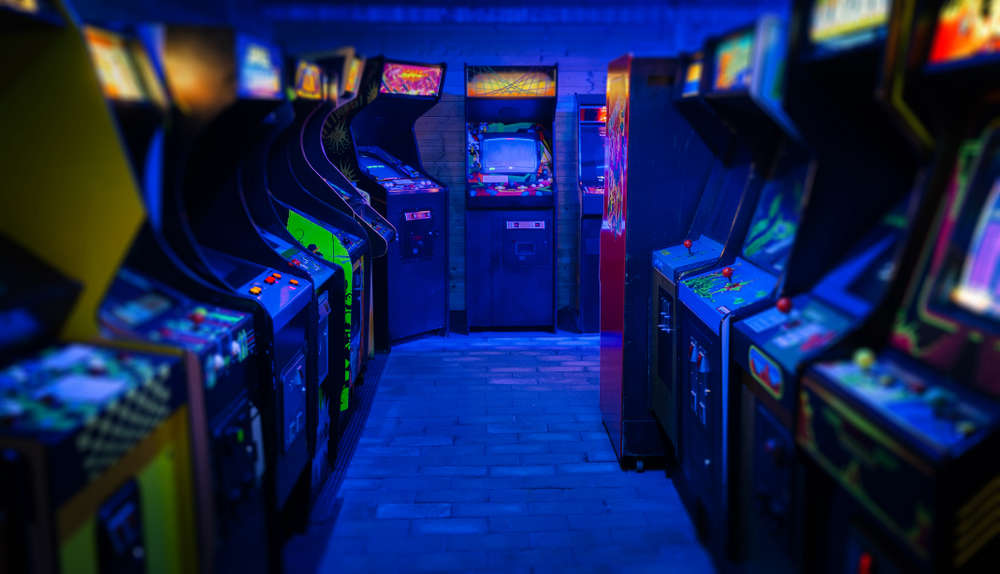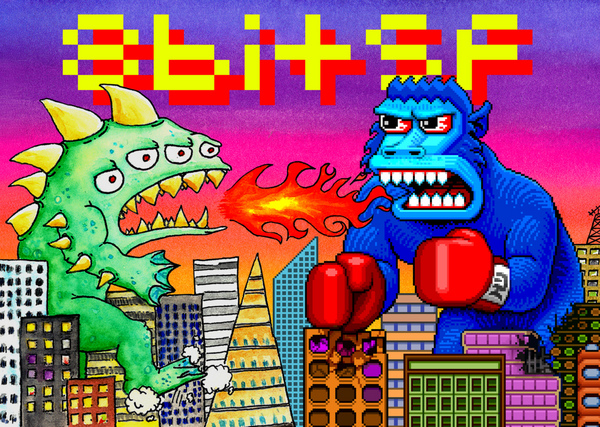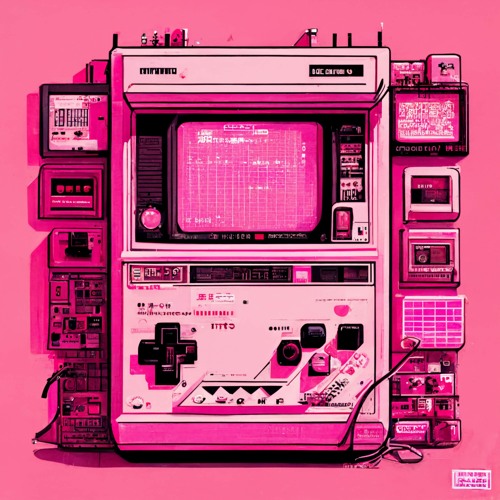What is Chiptune Music?
Chiptune music, often called chip music or 8-bit music, is a genre of electronic music that originated from the sounds produced by early computers, video game consoles, and arcade machines. This uniquely distinctive style of music has gained popularity among music producers and enthusiasts alike. This is largely due to its nostalgic charm and creative constraints. In this article, we’ll delve into the world of chiptune music, exploring its origins, technology, influences, and more.
Understanding Chiptune Technology
Chiptune music is characterized by its distinctive sound. This sound is modelled on the sound chips found in vintage hardware such as the Commodore 64, Nintendo Entertainment System (NES), and Game Boy. These chips were known as programmable sound generator (PSG) sound chips and had specific capabilities and limitations.

The technology behind this music revolves around the use of these (PSG) sound chips to generate waveforms and produce sounds. Each chip has a unique set of channels for producing sound. These typically include channels for melodies, percussion, and noise.
While the hardware limitations of these sound chips may seem restrictive, they have inspired creative solutions and unique compositions within the chiptune community. Artists have learned to work within these constraints and embrace the limitations. Intricate melodies, rhythms, and sound effects have become a hallmark of the chiptune aesthetic.
Elements of Chiptune Music

So, let’s break a typical Chiptune track down. It will generally consist of a catchy melody, simple harmonies, and a driving rhythm. Melodies are often composed using the limited range of notes available on the sound chips, resulting in a distinctively nostalgic sound.
Rhythms in chiptune music are created using the percussion channels of the sound chips. A variety of drum and percussion sounds can be generated but let’s just say they bear very little resemblance to an actual drum kit! These rhythms are often straightforward and repetitive. The timing is rigid and mechanical, contributing to the energetic and often urgent nature of chiptune music.
In addition to melodies and rhythms, chiptune often features sound effects and chip noises that add texture and depth to the composition. These sound effects are created using the noise channel of the sound chip. Each sound chip would have its own unique and recognizable sound effects. These have become synonymous with this genre.
The nostalgic appeal of chiptune music is a significant element of its charm, with many listeners drawn to the familiar sounds of their favourite video games and retro technology. This nostalgia plays a central role in the composition and appreciation of chiptune music. It actively connects listeners to their fondest childhood memories of gaming and computing.
Influences and Inspirations
Chiptune music draws inspiration from a variety of sources. Undoubtedly, video game music is the most significant influence. The iconic soundtracks of classic video games have had a profound impact on chiptune music. They have shaped its melodies, rhythms, and overall aesthetic.

In addition to video game music, chiptune artists are influenced by a wide range of cultural phenomena. These include anime, movies, and other forms of electronic music. Cover versions also feature prominently within the Chiptune landscape. Anything from the Beatles to Bach is fair game and open to 8-bit interpretation. All of these diverse influences contribute to the rich tapestry of sounds and styles found within the chiptune genre.
Chiptune music has also influenced modern music genres. Many artists and songs have incorporated chiptune elements into their compositions. This cross-pollination of styles has led to the emergence of new and exciting musical hybrids. The first such well-known incorporation of chiptune elements featured on a track by The Yellow Magic Orchestra. Their 1978 hit “Computer Game” used Space-Invader style sound effects to great effect. More recently World Princess Part II by Grimes has a distinct 8-Bit influence.
Chiptune Community and Resources
The chiptune community is a vibrant and welcoming space for music producers, enthusiasts, and fans alike. There are countless online forums, social media groups, and communities dedicated to chiptune music. These communities encourage members to share their work, collaborate on projects, and connect with like-minded individuals from around the world.
In addition to online communities, there are also a variety of events and festivals dedicated to chiptune music. Here, fans can gather to celebrate their shared love of retro gaming and electronic music. These events often feature live performances, workshops, and competitions, providing opportunities for artists to showcase their talents and connect with their audience.

For those looking to learn more about chiptune music, there are plenty of resources available to help get started. From tutorials and guides to online courses and workshops, there’s no shortage of information and support for aspiring chiptune producers. Whether you’re interested in learning the basics of composition or honing your skills as a seasoned producer, there’s something for everyone in the world of chiptune music.
Summary
In conclusion, chiptune music is a unique and fascinating genre. It combines the nostalgia of retro gaming with the creativity of electronic music production. From its humble beginnings in the sounds of early computers and video game consoles to its vibrant and thriving community today, chiptune music continues to enthral audiences around the world with its unmistakable charm.
Whether you’re a seasoned producer looking to explore new sounds or a fan of retro gaming looking for your next musical obsession, chiptune music offers an intreaging musical avenue full of quirky 8-bit fun. So why not dive in and discover this weird and wonderful musical world for yourself?
Remember – RouteNote Create subscriptions start from as little as $2.99. You also get 10 FREE credits to spend on samples along with access to our FREE sample pack bundle when you sign-up
